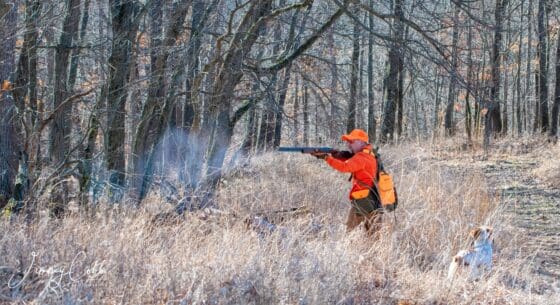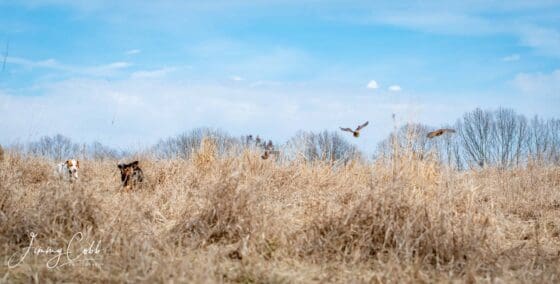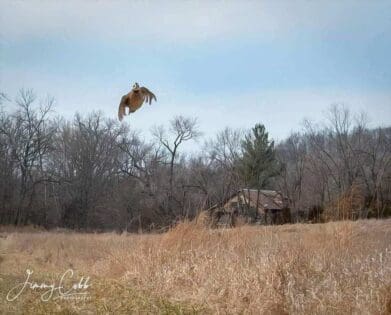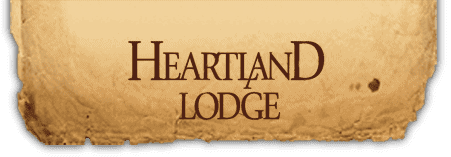Basic Habitats Quail Need to Thrive
 It’s that time of the year again when the days in the field turn to memories of last year’s hunts. But it is also the most important time of the year, time to start preparing for a good breeding season and making the changes in habitat to better service your bird population. Be sure to check with your local FSA office before you start any work.
It’s that time of the year again when the days in the field turn to memories of last year’s hunts. But it is also the most important time of the year, time to start preparing for a good breeding season and making the changes in habitat to better service your bird population. Be sure to check with your local FSA office before you start any work.
Nesting Area
The preferred nesting area includes but not limited to a mix of erect grasses, forbs, and scattered shrubs or bushes at a moderate density and height.
Brood Area
In the brood area, the cover should be dominated by plants that are well spaced and have study stems and little vegetation near the ground. Overhead foliage must be dense enough to provide sufficient cover for chicks and adult protections from predators.
 Feeding Area
Feeding Area
Spring and Summer: Some weed seeds and plant greens are eaten. Insects being higher in protein is eaten and provides 80%-95% of a chick’s diet within the first few weeks.
Fall and Winter: Perennial forbs, fruit-bearing woody plants, grass seed, ponic, crab and foxtail grasses, the seed from oak and hickory trees and the left-over grain from farm fields provide the largest portion of nutrition for quail.
Roosting Area
Roosting in probably the only quail activity that does not require a dense overhead cover. Research shows that quail use crop fields, grasslands and old fields for roosting. Quail will roost on bare soil and vegetation litter such as old leaves, grass, etc. They also prefer mid-slope or lower elevation for roosting.
Escape Area
The escape area includes a thicket of trees, blackberry and other bushes, and vines. Piles of brush, treetops and heavily planted food plots also provide a good escape area.
 Dusting Area
Dusting Area
Any bare soil or soil disturbance such as cattle paths, ant hills, watering holes, roads, and trails is where you will see most quail dusting themselves.
Covey Headquarters
This is the area that the quail will gather usually in mid-day. Covey Headquarters can be in any of the above areas.
At the end of the day, the best rule of thumb for protecting your coveys goes by the old saying, “you will find quail when you can find food, cover, and escape route all within a stone through of each other”. At Harpole’s Heartland Lodge we go to great lengths to make sure we cover all these bases. We are always working on ways to improve our quail populations.
Last Updated: June 8th, 2021



